If Lock Screen timeout is not working in Windows 11/10, this post may help. The lock screen timeout feature enhances security and power management by locking your PC once inactive for a set period. However, this feature can sometimes malfunction and cause inconvenience. Fortunately, you can follow some simple suggestions to fix it.
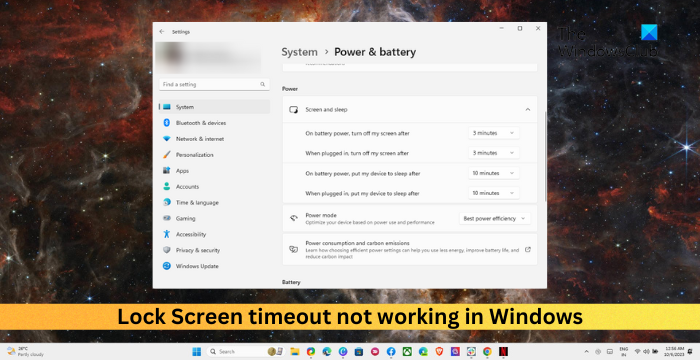
Fix Lock Screen timeout not working in Windows 11/10
Follow these suggestions to fix screen timeout not working in Windows devices:
- Modify Power & Sleep Settings
- Enable Console lock display off timeout in Registry Editor
- Modify Screen Saver Timeout Value in Group Policy Editor
- Check Screen Saver Settings
- Update Display Drivers
- Install Windows Updates
- Disconnect External Monitor
Now, let’s see these in detail.
1] Modify Power & Sleep Settings

Before starting with different troubleshooting methods, modify the power and sleep settings. Lock Screen timeout may not work if these settings are misconfigured. Here’s how you can configure them:
- Press the Windows + I combination to open Settings.
- Navigate to System > Power & battery and expand the Screen & sleep section.
- Here, configure the screen off time on the battery and when plugged in as required.
2] Enable Console lock display off timeout in Registry Editor
Next, enable the console lock display off timeout feature in the Registry Editor. The Console lock display off timeout sets the minutes Windows waits before timing out and automatically turning off the display. Here’s how you can enable it:
Press the Windows + R combination to open Run, type regedit, and hit Enter.
Once the Registry Editor opens, navigate to the following path:
Computer\HKEY_LOCAL_MACHINE\SYSTEM\CurrentControlSet\Control\Power\PowerSettings\7516b95f-f776-4464-8c53-06167f40cc99\8ec4b3a5-6868-48c2-be75-4f3044be88a7
Double-click on the Attributes key, set the value data to 2, and click OK to save the changes.
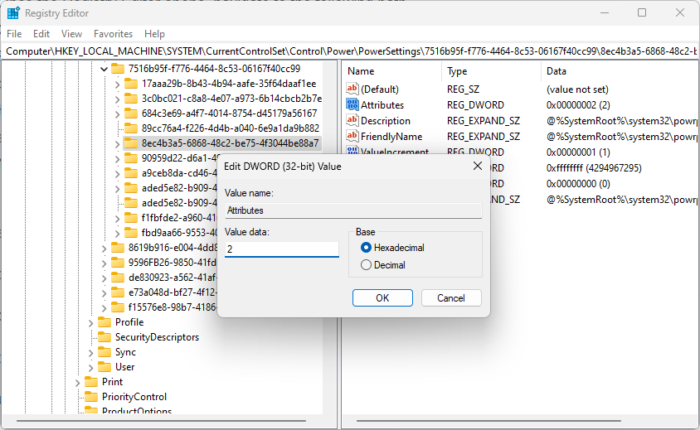
Now, open Control Panel and navigate Hardware and Sound > Power Options > Advanced Power Settings.
Expand the Display section, and you’ll see an additional entry, Console lock display off timeout.
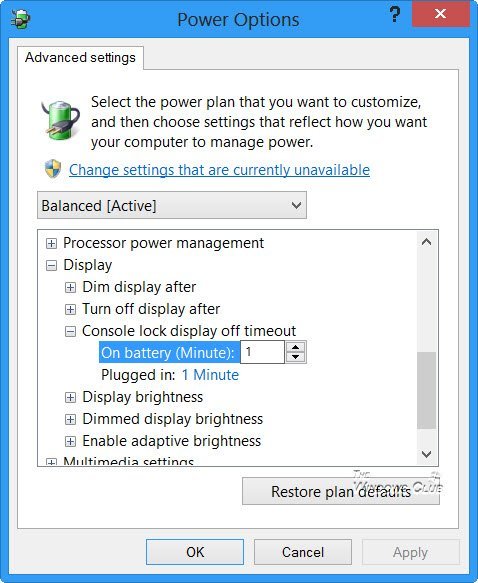
Here, double-click on the values to change the settings to what you wish.
3] Check Screen Saver Settings
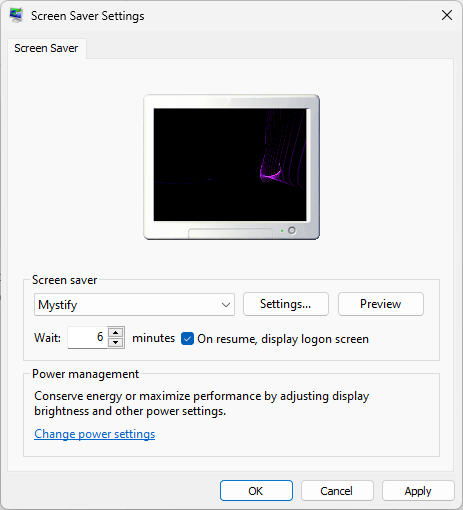
Screensavers are computer programs set to turn on after the device stays inactive for a set time. If the screensaver settings get misconfigured, they can cause the Lock Screen timeout not working error. Here’s how to make sure they’re configured correctly:
- Right-click on the desktop, select Personalize and click on Lock Screen > Screen Saver.
- Here, set the preferred wait time and check the On resume, display logon screen checkbox.
- Click on Apply and then on OK to save the changes.
If you can’t modify the setting, you can do so via the Group Policy Editor. Here’s how:
- Press Windows + R to open Run, type gpedit.msc, and hit Enter.
- Here, navigate to the following path:
User Configuration > Administrative Templates> Control Panel > Personalization
- Double click on Screen saver timeout, select Enable it and then add screen timeout in seconds.
- Click on Apply and then on OK to save the changes.
4] Update Display Drivers
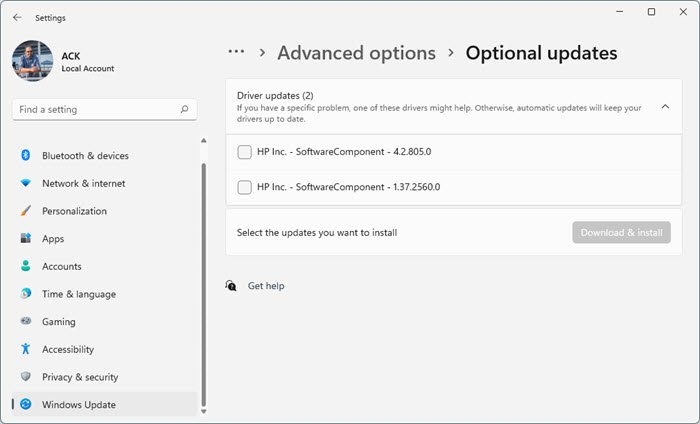
Outdated or corrupted drivers can also be responsible for why the Lock Screen timeout is not working. Update your device’s drivers and check if the issue gets fixed. Here’s how you can do it:
- Open Settings and navigate to Update & Security > Windows Update.
- Right under it, look for a clickable link— View optional updates.
- Under Driver Updates, a list of updates will be available, which you can choose to install if you are facing an issue manually.
However, if the error occurs after updating the driver, roll back the driver to the previous version.
5] Install Windows Updates
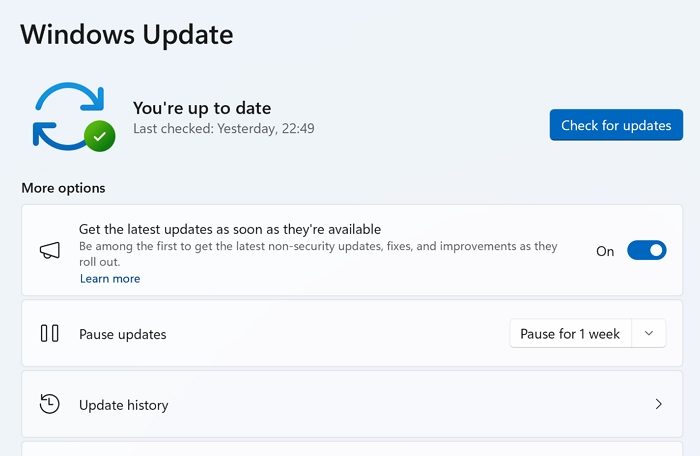
The error can also occur due to a temporary bug or error. Updating Windows to the latest version can help fix these errors. Here’s how you can check for updates in Windows.
7] Disconnect External Monitor
If none of these suggestions helped you, disconnect your external monitor if you have one connected. See if this helps.
Read: How to Password Protect Screensaver in Windows
Why my screen timeout is not working Windows 11?
Screen timeout not working in Windows 11 can occur when the power & sleep settings are misconfigured, or the display drivers are outdated or corrupted. However, it can also occur due to interruptions from third-party applications.
How do I change the lock screen timeout on Windows 11?
To change lock screen timeout settings, open Settings, navigate to System > Power & battery, and expand the Screen & sleep section. Here, configure the screen off time as required.
Leave a Reply